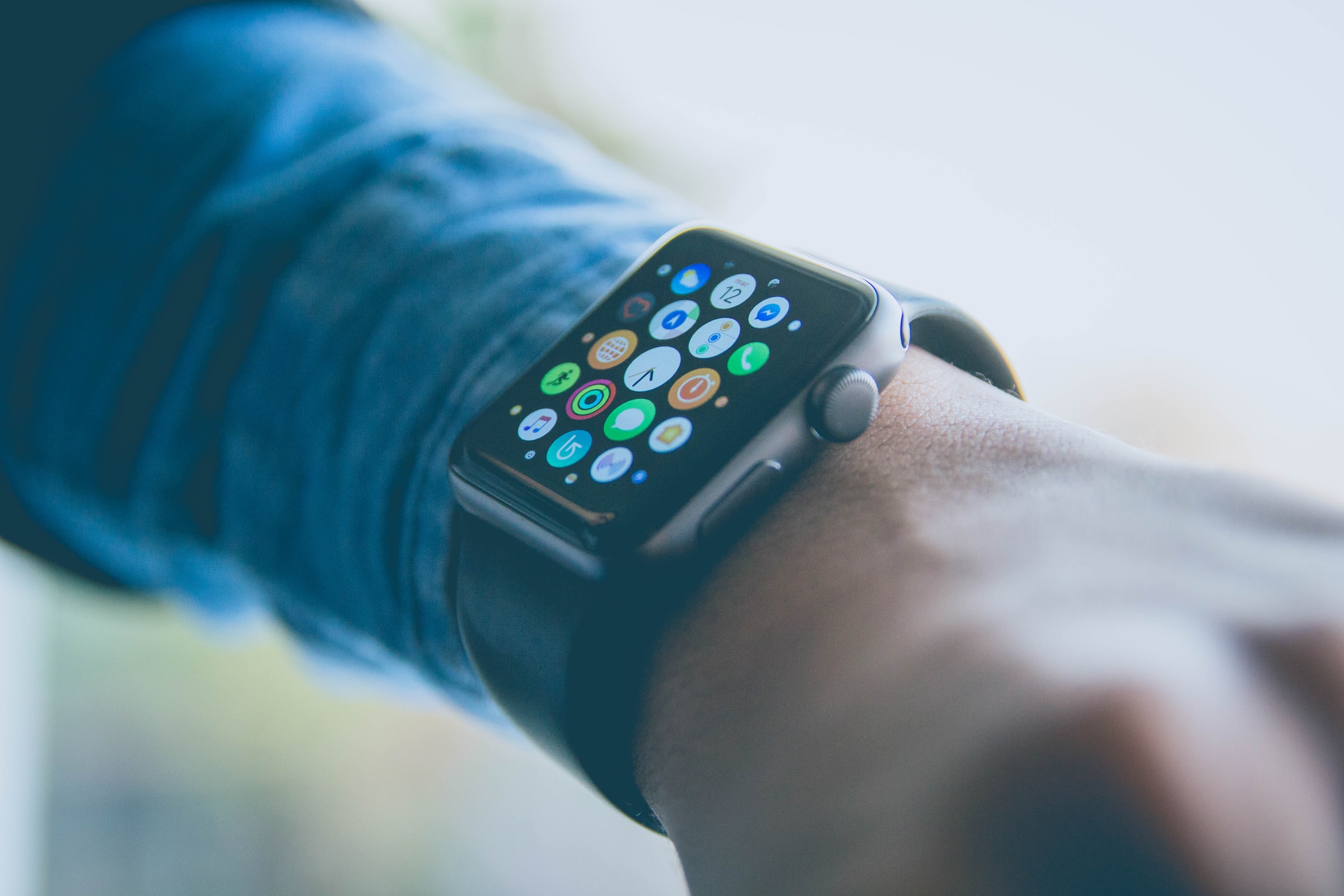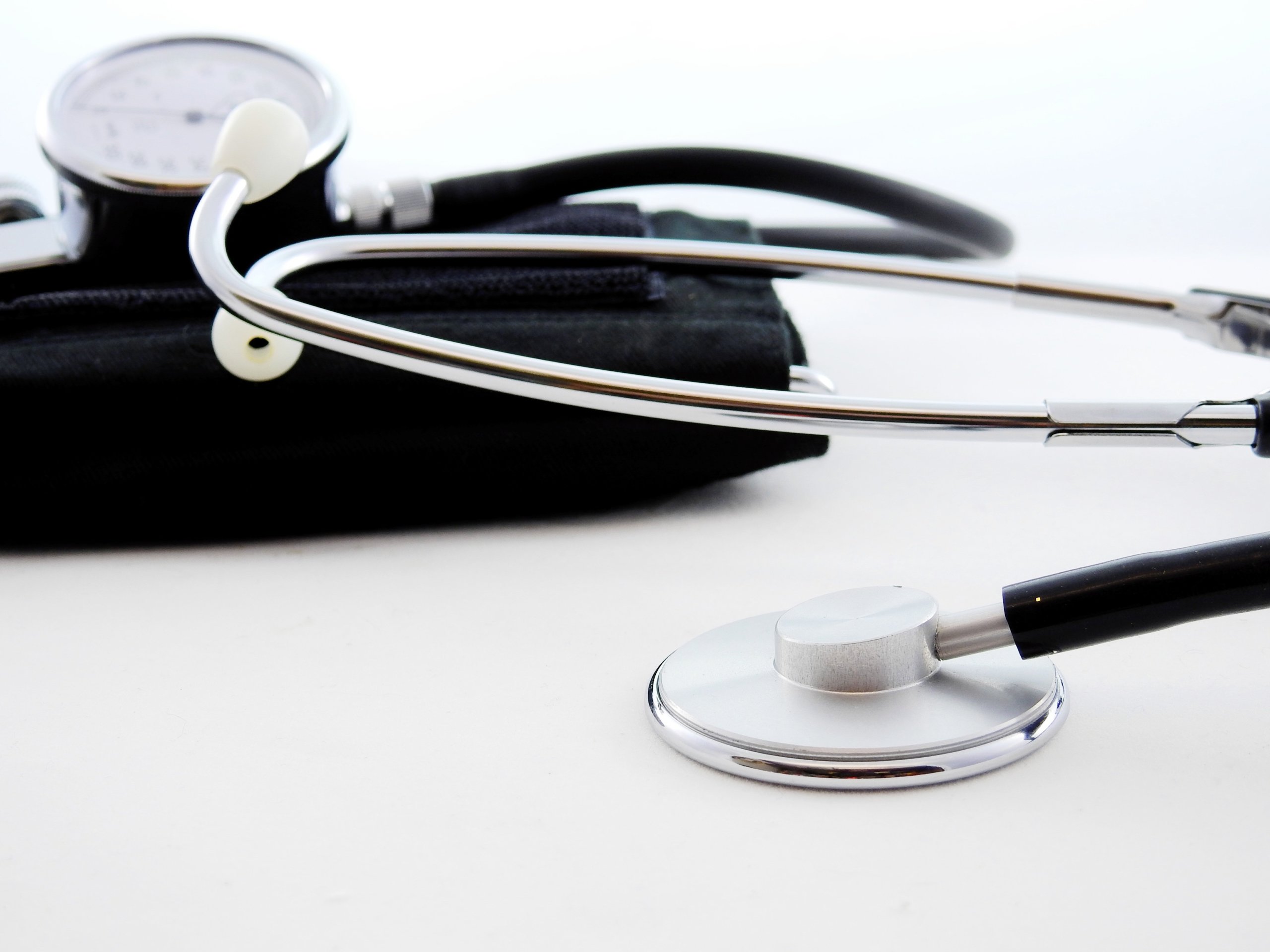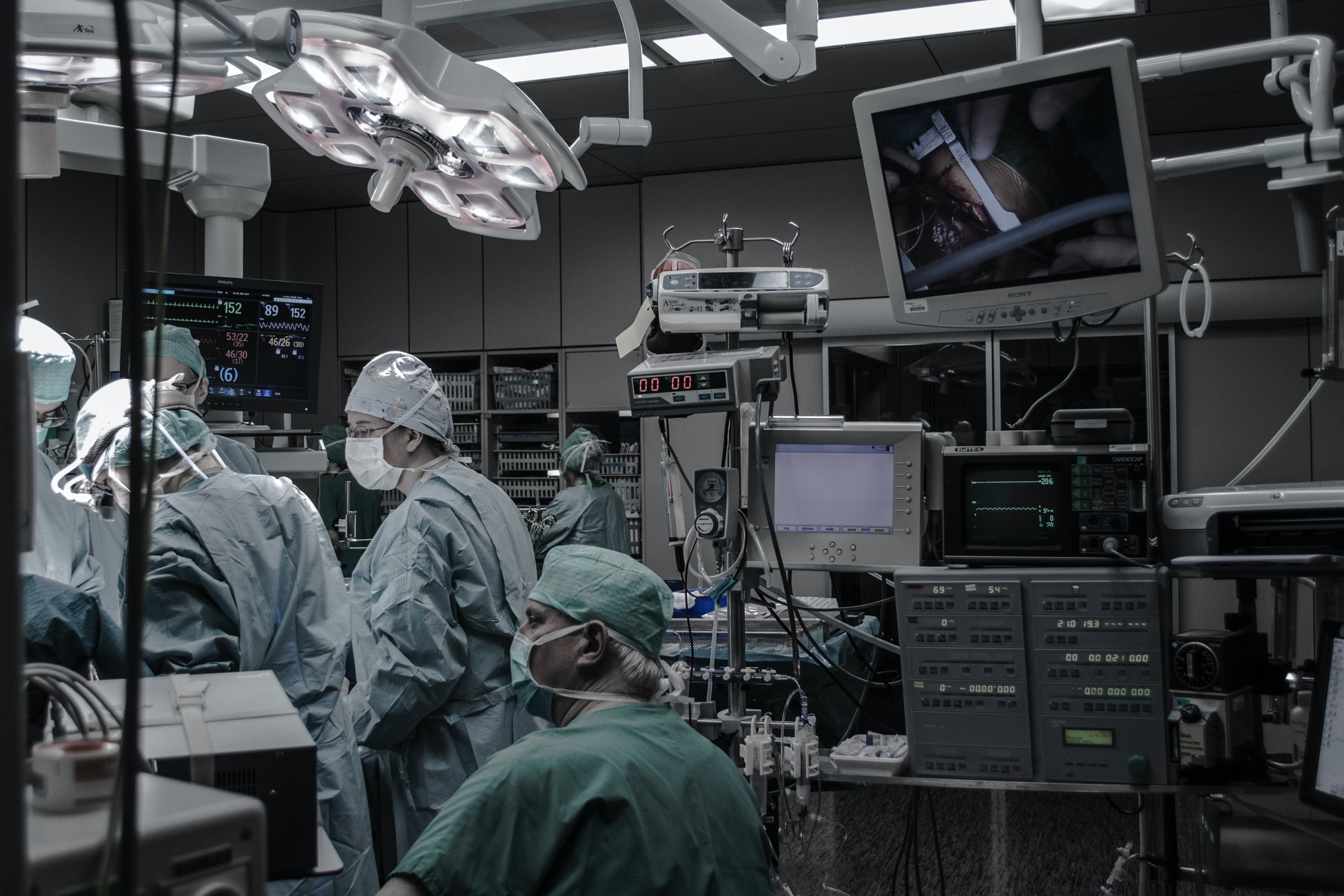
To develop, manufacture, and distribute health tech devices in the United States, innovators must have a thorough understanding of regulations and compliances. In the first entry of this two-part series, we provide a brief overview of the first few FDA regulations for medical devices.
A Necessity for Safe Innovation
Any technological innovation or advancement in the medical device industry must pass meticulous compliances and regulations. The process can seem cumbersome, but it’s absolutely necessary to ensure the device’s integrity.
In the US, the task of validating device effectiveness and safety falls on the Food and Drug Administration (FDA) and its Center for Devices and Radiological Health (CDRH). Based on the associated risk, medical devices are classified into three categories: Class I, II, and III. Class I devices have the least associated risk while Class III devices carry the most risk.
Let’s take a brief look at the basic regulations that US-based MedTech device makers must comply with to make it to market.
Establishment Registration & Medical Device Listing – 21 CFR Part 807
In order to sell their devices, every medical device manufacturer and distributor must register their organization with the FDA. Unless a waiver has been granted by the FDA, all establishment registrations must be submitted electronically through the FDA Unified Registration and Listing System (FURLS System).
The FDA requires all registration information to be verified annually between October 1st and December 31st of each year. In 2019, the annual registration user fee costs $4,884. The FDA revises fees periodically.
In addition to registration, all foreign manufacturers must designate a US Agent to assist the FDA in communication between the two parties. Foreign device makers must provide the agent’s primary details such as name, contact information, and physical address. The US Agent must confirm within 10 business days that he or she has agreed to act as the manufacturer’s official correspondent.

For the medical device listing requirement, organizations must provide details of the device they are manufacturing. If the device requires premarket procedures, the manufacturer must provide a premarket submission material such as the Premarket Notification 510(k), Premarket Approval (PMA), and the Investigational Device Exemption (IDE).
Premarket Notification 510(k) – 21 CFR Part 807 Subpart E
Premarket notification is required for all medical devices intended for human use. There are only two exceptions to this rule:
- Devices which are exempt from 510(k) notification.
- Devices which PMA is not required for.
While some devices in the Class I category are required to submit the 510(k) notification, most are exempt. All Class II devices require 510(k) notification, but they do not need PMA.
Manufacturers must receive a clearance order to distribute for any device that requires 510(k) notification submission. This clearance order comes in the form of a letter from the FDA that specifies the device is substantially equivalent (SE), and is as safe and effective as current legally marketed devices. It usually takes 90 days to receive a clearance order from the FDA, but this can vary depending on the information the manufacturer submits.

Manufacturers must compare their new device to one or multiple existing devices to prove the device is substantially equivalent. Any available device that doesn’t violate FDA regulations can serve as the “predicate,” the base device for comparison. This includes devices which were recently cleared through the 510(k) notification.
By now, you’re probably wondering how the FDA decides if a device is substantially equivalent. Here’s how:
While comparing it with the predicate, a device is considered SE if:
- The device matches the predicate in proposed use with the same technological features.
- The device matches the predicate in proposed, but with different technological features. This is okay as long as it doesn’t raise new questions about the device’s safety and effectiveness. The information supplied by the device maker must be sufficient enough to at least validate the device is as safe and effective as the predicate.
SE is established by examining intended use, device materials, chemical composition, design, the manufacturing process, energy used or delivered, safety, performance, labeling, biocompatibility, and other factors as applicable.
Premarket Approval (PMA) – 21 CFR Part 814
The FDA designed PMA as a scientific review process to evaluate medical device safety and effectiveness. Considering their associated high risks, all Class III devices must go through this evaluation. Many Class II devices are required to be evaluated through PMA as well. Here are two examples when PMA is mandatory for a Class II device:
- The manufacturer cannot find a suitable predicate for their device and believe it is not substantially equivalent.
- The manufacturer’s 510(k) submission with a selected predicate gets rejected by the FDA because it is not substantially equivalent.
Applicants required to get PMA cannot start any marketing activities prior to receiving approval. PMA is a tough requirement and usually depends on the supplied scientific evidence proving that the device is effective and safe for its proposed application.
According to the FDA, PMA applications usually take 180 days to get approved or rejected. But many manufacturers claim much longer lengths of time are required for this step.
After the applicant submits the PMA, the FDA sends the application to an advisory committee for review during a public meeting. During this meeting, the committee provides recommendations and facts to support whether the application should be approved or rejected.
Once this outcome is determined, the FDA notifies the applicant of the decision and publishes a notice on their website to:
- Announce the data that they based their decision on.
- Provide interested parties with an opportunity to petition the FDA to reconsider their decision. The window of time for this is 30 days.
If an applicant’s PMA application is approved, a private license which permits the applicant to market the device is released.
Stay Tuned
We hope you’ve found this overview insightful so far! These regulations apply whether you’re a MedTech developer in San Diego or NYC, so it’s good to get familiar with them.
Stay tuned for the second part of this series next week!





